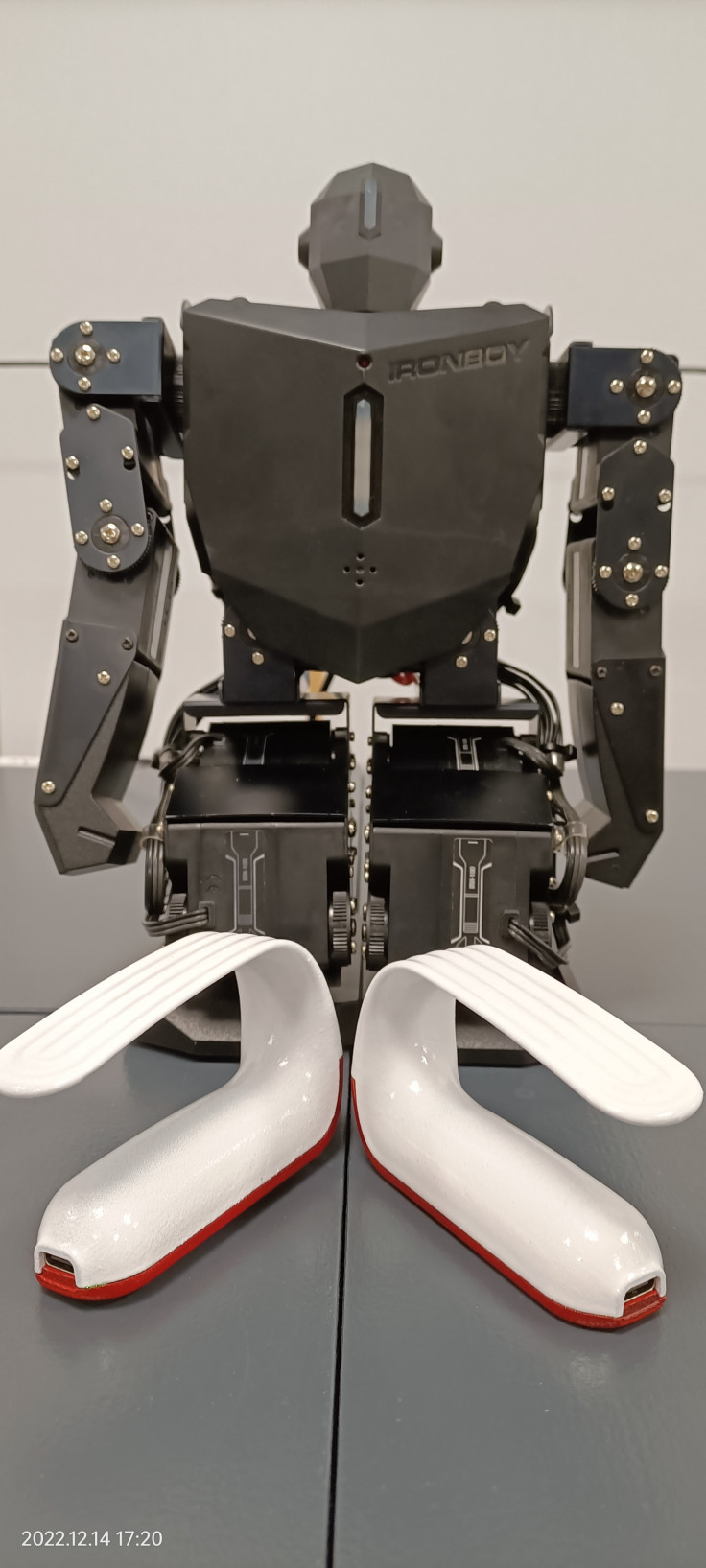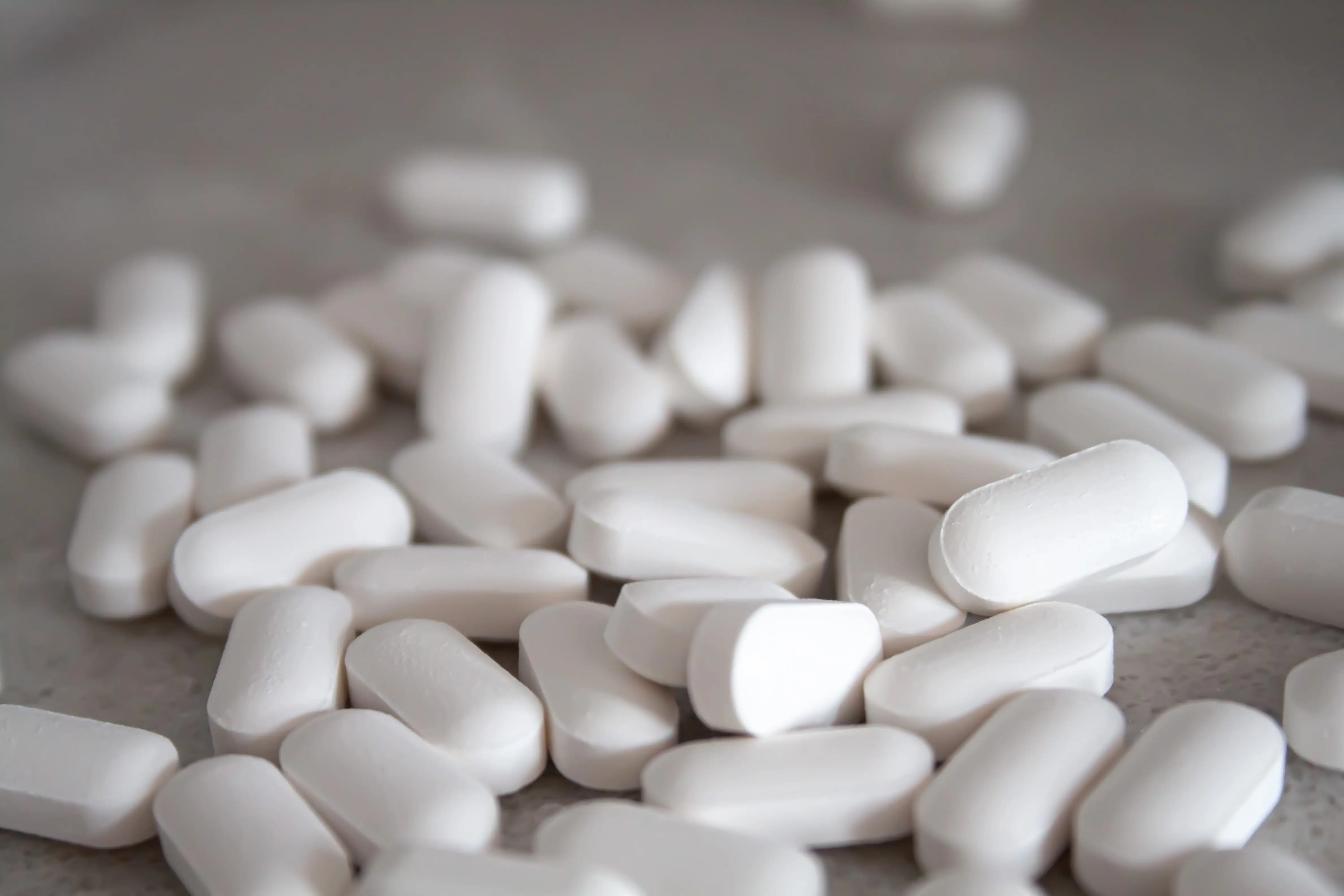Editor’s Note: At the same time a federal emergency was declared in Flint, Michigan, in January, the state’s chief medical examiner said all children who drank Flint’s water since April 2014 have been exposed to lead contamination. Long-term effects of lead poisoning in children under the age of 5 or 6 may include learning disabilities, lower IQs and aggression.
Todd Beard has taught K-12 technology at the International Academy of Flint for the last eight years. This year, Beard is on sabbatical working with the Microsoft Innovative Educator program to learn about emergent technologies and STEM education — areas which he says will play a key role in helping to prevent future water crises. Now, he remains worried for his city.
My colleagues heckled me as I sipped water from the school drinking fountains. When the Flint City Manager switched our water source from Lake Huron to the Flint River, they said things like, “Don’t you know that water is polluted?” and “Why don’t you use a filtrated water system?”
I wanted to believe in the science and social studies that I had been taught and that I teach my students — that the water in Flint had been tested by scientists and there is a system of checks and balances that makes our public systems work, right?
Recently, I got my blood test results back to check if I had lead poisoning. Fortunately, the tests came back normal. As I awaited the results, I couldn’t help but contemplate the irony of this situation. I became a teacher because I love helping others understand the world around us. But these days I find myself asking why and needing someone to explain how the water situation reached the point of crisis.
I am mostly troubled by the horrible irony that in teaching my students about different cultures around the world, we discovered that a lot of people don’t have clean drinking water. We discussed how we take for granted the amazing things that we have in America that others desperately need.
My technology class in Flint watched how a Kansas school Skyped with a school in Kenya to help solve their drinking water problem. My robotics students whom I continue to work with while on sabbatical saw the documentary “Slingshot” which examines Dean Kamen’s (inventor of the Segway) quest to create a low-cost solution to the problem of millions of people dying for lack of quality drinking water. All the while, we were ingesting water tainted with lead.
I want answers. We need to examine our state’s system of checks and balances, so careless authorities can’t gain absolute power on future public matters ever again. I hope that this travesty can shed light on other disenfranchised communities and their struggles. Most importantly, I want a permanent fix for this problem.
The water bottles donated from amazing people around the world fix the problem in the short-term and are very much appreciated, however, the reality is we are creating a new problem with all the empty bottles. And the city’s pipes have lead in them.
Fortunately, I did not bathe, wash my clothes and do other chores with the water. But my heart hurts for those who are already feeling the effects of this catastrophe. I worry we’ll be dealing with the effects of this water crisis for many, many years to come.
Popular News




Current News
Manufacturing

Collaboratively administrate empowered markets via plug-and-play networks. Dynamically procrastinate B2C users after installed base benefits. Dramatically visualize customer directed convergence without
Collaboratively administrate empowered markets via plug-and-play networks. Dynamically procrastinate B2C users after installed base benefits. Dramatically visualize customer directed convergence without revolutionary ROI.





About Us
Tech Photos

























